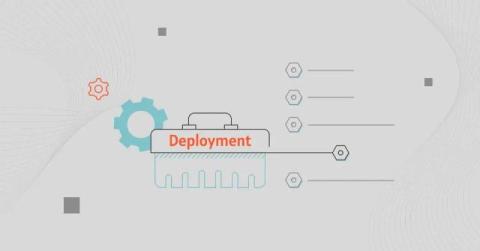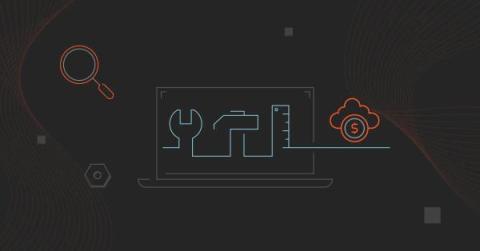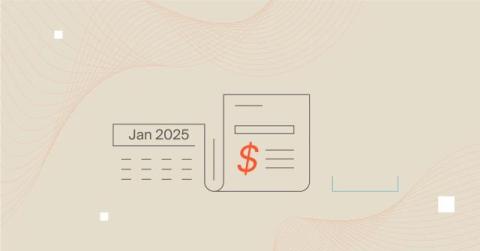Maximizing Azure Savings Plans: Strategies, Best Practices, And Cost Optimization
When Azure Savings Plans for Compute were introduced in late 2022, many assumed they were designed to replace Azure Reservations (Azure Reserved Virtual Machine Instances). But that’s not the case — and it still isn’t. Instead, Azure Savings Plans and Reservations can work hand in hand and complement your other Azure cost optimization strategies. That said, maximizing the benefits of each option isn’t always straightforward.











